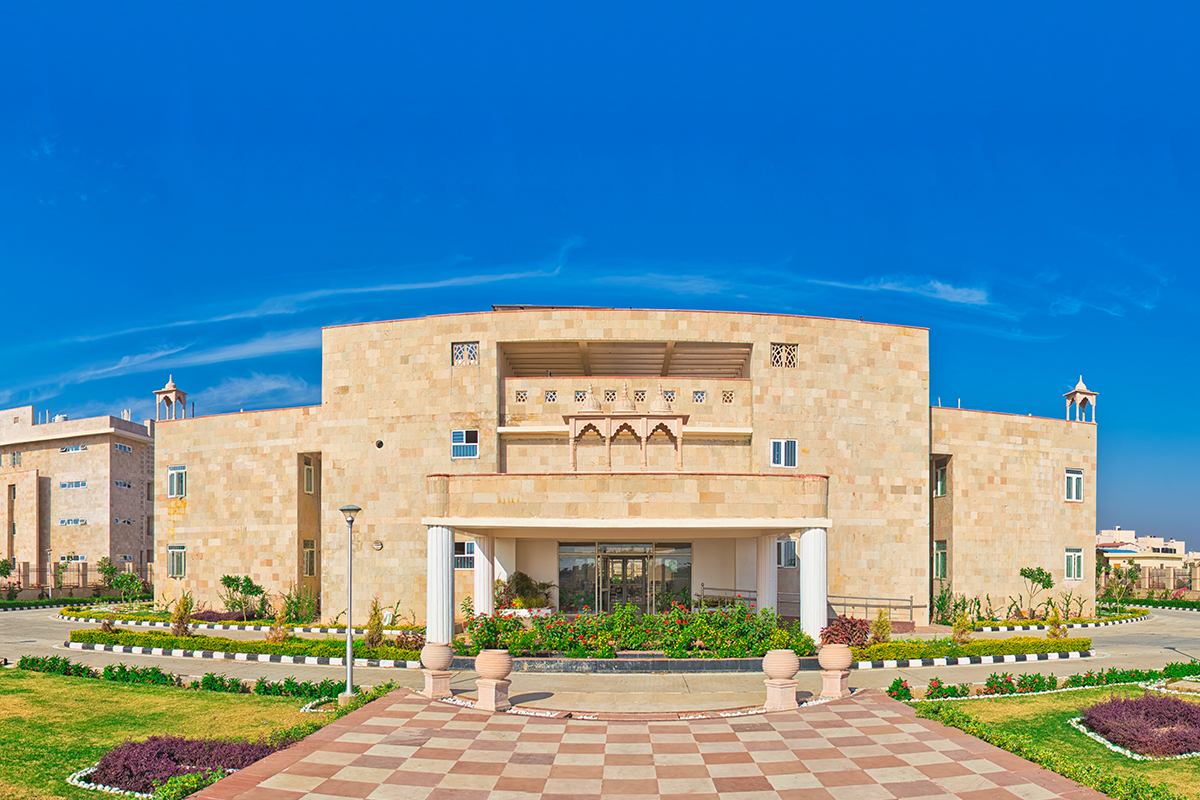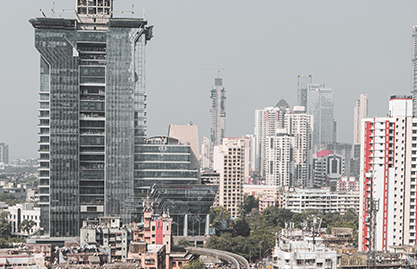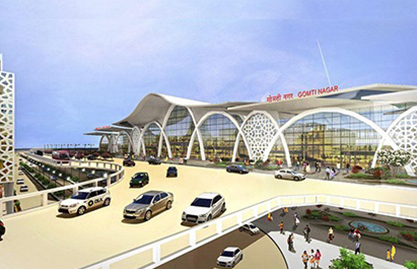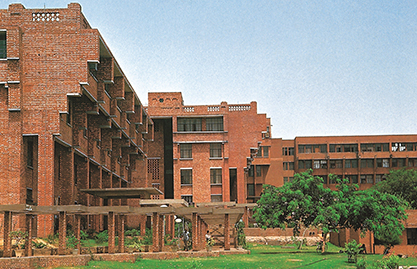Decoding Sustainability in Architecture
For years we have been struggling to ensure the use of natural resources and renewable energy in our building design and construction. For a safer and greener planet, it is not just important to cease the exploitation of our natural surrounding but to adhere to sustainable means of development. When it comes to sustainability in architecture, it means the construction of a building in a way that supports the environment rather than causing it damage. It covers implementation of strategies by use of technologies that can help reduce the load on natural resources. It also focuses on fulfilling current needs of the users without compromising the future. To achieve sustainability in architecture, sustainable architects use renewable and recyclable resources while minimizing waste and using by-products.
Fundamentals of sustainable architecture design
There are certain fundamental features of sustainable architecture. These should be met by sustainable architects to achieve the goal of constructing a ‘green building’. An architect should optimize the potential space and not just destroy the existing one. A clear patch of land is much viable for this concept than chopping away the trees of jungle or farms. As an example, over 20, 000 trees, more than 90 species, planted on an arid tree less land, for one of our projects – Gautam Buddha University, Greater Noida. Site was initially an arid patch of land with no trees and recurring dust storms. The design intervention ensured redevelopment of the site with an urban forest. Thriving as a dense forest, the Campus acts as a carbon negative space, cooling and purifying its surrounding areas. Regeneration of land as a thriving biodiverse site significantly impacted the micro-climate of the surrounding areas and lowered the urban island heat effect.
The goal is to ‘go green' so minimum non-renewable energy must be utilized while construction. Extensive use of exhaustible sources will only fail to achieve sustainable architecture. Furthermore, the construction and design should be such that it is based on renewable energy resources. We know that the construction of any building will require an immense quantity of water. But it is important to save land or underground water and opt for more sustainable ideas like conserving rainwater and using it for construction. For our design of Pathways World School Aravali, the spirit of construction was largely driven by the fact that the rocky, hilly, and almost inaccessible site had to be transformed into a comfortable and state-of-the-art campus within twelve months, all in a highly eco- and cost-conscious manner. For this reason, the architectural design was sensitive to the preservation of the site’s fragile eco-system, with contributors treading carefully during the planning and construction stages of the project. The Master Plan of the campus was generated organically from a consideration of the site’s topography. A magnificent lake was created in the natural depression that lay towards the centre of the site and was kept as the primary focus, with all the buildings configured in a circular manner around it. The lake was designed as an ecological water-body that collects the water run-off throughout the site. Operational & maintenance practices should be inculcated in the users/occupants of the building by providing them with essential designs and technology that help save and conserve for future generations without compromising on the current needs. The best sustainable architecture firm in India would apply these fundamentals to their green building plan.
Useful Resources: Commercial Architects in India | Best Residential Architects in India
How Sustainable Architects/Firms can help you
With the increasing awareness about the Earth losing its natural resources and threat to the sustenance of generations to come, the concept and acceptance of green building are becoming popular amongst sustainable architects and users (commercial and residential owners). The best sustainable architecture firm in India would readily give you solutions that would contribute to saving the atmosphere, including air, water, and natural resources by opting for methods that involve eco-friendly raw material, without harming the environment. Sustainable architects have deep knowledge of green building methods and technologies that may involve using eco-friendly, non-toxic, and bio-degradable raw materials and resources. They would make sure that the fixtures used render saving water in every form, from conserving rainwater to re-use via water plumbing system. Selected for its exemplary performance in water management and conservation of landscape and biodiversity, our project - Central University Rajasthan, was been awarded at the GRIHA Summit 2014 (the year it was completed) as an exceptionally good design for ‘Urban Sustainability’.
Another service would include making sure the temperature maintenance and light sources are majorly tackled by natural air ventilation and sunlight, respectively, rather than relying on electric appliances. Waste management and recycling is another feature that a green building architect may give you. Initially, this would look like a major investment, but the long-term returns would make your building self-sustaining. These are just a few major services that the best sustainable architecture firm in India can give you. There are many other social, environmental, and economical benefits that can be provided by them.
Read More : From the CPKA Book: Executive Vice President Sameer Divekar on Sustainability & India
Why Sustainability in Architecture is Important (Advantages)
Broadly anyone can say that bringing sustainability in architecture or building a green establishment is the best way to show your gratitude towards our mother Earth for all the resources that she has given us. But if we break down the benefits of the same, then we will realize that it is not just giving back to our planet but for our advantage too.
Energy consumption from renewable resources without harming the climate and maintaining ecological balance is the main advantage of sustainable architecture. At a personal level, it brings benefits like lower operational costs due to self-sustaining energy generation. The improved designs also help lower energy consumption. Having a better environment can promote better health consequently delivering increased productivity. Accepting such green practices leads by example. This encourages other builders, companies, and even individuals to switch to sustainable options, joining hands to save our planet Earth!








